You can use the functions ROUNDDOWN() and ROUNDUP() with a negative count to get the next multiple of 10 (-1), 100 (-2) or 1000 (-3). It reduces the accuracy of a certain value by squares of 10. So, rounding to the previous or next multiple of 10 is done using:
=ROUNDDOWN(<yourvalue>; -1)
and
=ROUNDUP(<yourvalue>; -1)
respectively (take care to adapt the formula argument separators to commata (,) if this is required by the i18y your're using).
So, =ROUNDDOWN(11,61; -1) will result in 10, and =ROUNDUP(11,61; -1) will give you 20. This way, you can "calculate" the appropriate group for each value (example for value in A1):
=CONCATENATE(ROUNDDOWN($A1; -1)+1;"-";ROUNDUP($A1;-1))
To split it up on multiple lines:
=CONCATENATE( # Result will be a concatenated string
ROUNDDOWN($A1;-1)+1; # first value: previous multiple of 10, +1;
"-"; # second value: literal "-"
ROUNDUP($A1;-1) # third value: next multiple of 10
)
With your example data, this results in:

EDIT:
For a grouping 0-9, 9-19 and so on, the following formula should work:
=CONCATENATE(ABS(ROUNDDOWN($A2+1; -1)-1);"-";ROUNDUP($A2+1,01;-1)-1)

EDIT2:
For a solution using the IF() function, you could use:
=IF(A2 < 9;"0-9";IF(A2 < 19; "9-19";IF(A2 < 29; "19-29";"more than 29")))
For grouping of values greater than 29, you will have to add according IF clauses replacing the string "more than 29" by additional checks. Every grouping range will require its own IF clause.

